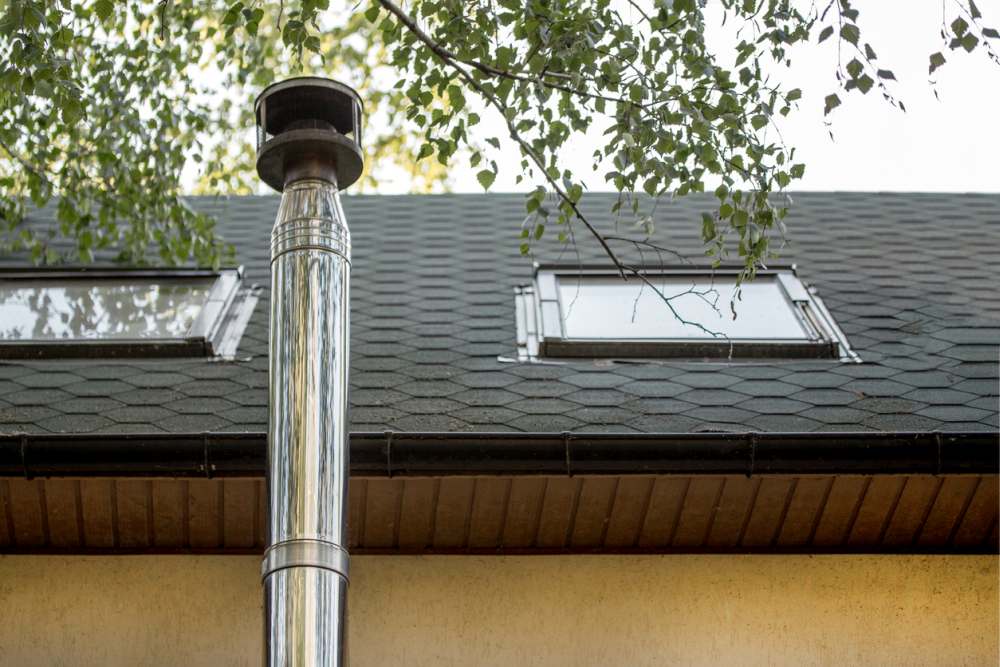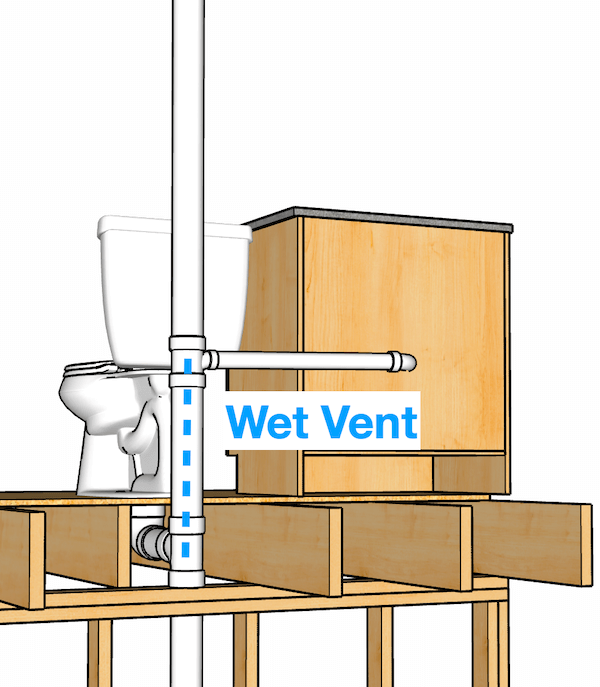Why Adequate Ventilation is Essential in Plumbing Systems
Why Adequate Ventilation is Essential in Plumbing Systems
Blog Article
What are your thoughts and feelings on Essential Plumbing Vent Pipes: Understanding Their Role?

Proper air flow in pipes systems is often ignored, yet it is important for maintaining the capability and safety of your home's pipes. Air flow aids manage atmospheric pressure, avoid the accumulation of damaging gases, and guarantee the effective elimination of waste. In this overview, we will certainly check out the value of appropriate plumbing ventilation, how it functions, and the advantages it offers your plumbing system.
Comprehending Air Flow in Pipes
Ventilation in pipes describes the network of pipes that enable air to move with the drain system. These vents offer several functions, consisting of regulating air pressure within the pipes, stopping sewage system gases from entering the home, and assisting in the smooth circulation of wastewater.
Exactly How Ventilation Functions in Pipes Solutions
Atmospheric Pressure Law
Correct ventilation keeps well balanced air pressure within the pipes system. When water flows via pipelines, it displaces air. Without sufficient air flow, this variation can create unfavorable pressure, causing slow drains or siphoning of water from traps, which can cause unpleasant smells to leak into the home.
Protecting Against Drain Gas Accumulation
One of one of the most vital functions of pipes vents is to avoid drain gases, such as methane and hydrogen sulfide, from collecting within the home. These gases can position severe health and wellness threats and are highly flammable. Vent pipes allow these gases to run away safely outside.
Assisting in Waste Removal
Air flow aids in the effective removal of wastewater by stopping airlocks in the drain system. When air can flow easily via the vents, it enables water and waste to stream efficiently with the pipes, minimizing the danger of obstructions and backups.
Types of Plumbing Vents
Main Stack Vent
The main stack vent, additionally called the air vent stack, is the key air vent in a plumbing system. It prolongs from the major drain line up through the roof covering, allowing gases to run away and fresh air to go into the system.
Branch Vent
Branch vents connect to the primary pile air vent and serve private components, such as sinks, toilets, and showers. These vents ensure that each component has adequate ventilation to operate appropriately.
Air Admission Valve (AAV).
An Air Admittance Shutoff (AAV) is a one-way shutoff that permits air to enter the plumbing system without the demand for a standard vent pipeline prolonging through the roof covering. AAVs are commonly made use of in remodellings or locations where mounting a standard air vent is unwise.
Signs of Poor Air Flow in Pipes.
Slow Draining Fixtures.
If your sinks, tubs, or bathrooms are draining pipes slowly, maybe a sign of inadequate air flow. Inadequate air flow can create a vacuum result, making it challenging for water to drain properly.
Gurgling Sounds.
Gurgling noises coming from drains are usually an outcome of air being drawn through water catches because of unfavorable pressure in the pipes. This is a clear sign of insufficient air flow.
Unpleasant Odors.
Sewer odors inside your home are a warning that your pipes system is not properly ventilated. This might mean that sewer gases are not being sufficiently aired vent outside, leading to possibly harmful conditions.
Typical Ventilation Mistakes.
Insufficient Vent Sizing.
Utilizing small vent pipes can cause inadequate air flow and stress discrepancies in the system. It's essential to utilize vents that satisfy the specific needs of your pipes system.
Improper Vent Positioning.
Placing vents also far from the components they serve can minimize their effectiveness. Appropriate positioning guarantees that air can move freely and successfully via the system.
Disregarding Code Needs.
Building regulations give certain standards for plumbing air flow. Overlooking these codes can cause a system that stops working to function properly and might bring about costly repair services or health hazards.
Advantages of Correct Air Flow.
Enhanced System Efficiency.
Properly aerated pipes systems run extra successfully, with fewer clogs, faster draining, and much less stress on the pipelines. This performance prolongs the life-span of the pipes system.
Improved Air High Quality.
By stopping sewage system gases from entering your home, appropriate ventilation adds to much better indoor air top quality, making your living setting healthier and extra comfy.
Preventing Water Damages.
Ample air flow assists prevent water from being siphoned out of traps, which can lead to sewer gases going into the home and triggering water damage with time.
Steps to Make Sure Appropriate Ventilation.
Consulting Pipes Codes.
Always consult local pipes codes when making or modifying your plumbing system. These codes provide the needed guidelines for proper airing vent and guarantee your system satisfies safety requirements.
Regular Inspection and Maintenance.
Routine inspections can help identify prospective air flow issues before they come to be significant problems. Upkeep tasks, such as cleaning up air vent pipelines and looking for obstructions, are vital for maintaining the system in good working order.
Professional Setup.
For new setups or significant alterations, it's wise to hire a specialist plumbing professional. They have the competence to guarantee the air flow system is correctly designed and mounted according to code.
Final thought.
Appropriate ventilation is a vital component of any kind of pipes system, making certain that it operates effectively and securely. By recognizing the relevance of air flow, recognizing the indications of bad ventilation, and taking steps to preserve your system, you can protect against pricey issues and safeguard your home's air top quality.
What is a Plumbing Vent and it's used for?All plumbing systems in residential and commercials construction have a plumbing vent. It doesn’t just vent unwanted odors from the drainage system to the outside; it actually serves an important purpose by supplying air to the system.
The plumbing drainage system is actually called a drainage, waste and vent (DWV) system. When water flows down the piping, an air supply (vent) is needed to allow the water to flow. Think of the vertical pipe as a drinking straw. If you plug the top end of a straw, liquid won’t drain from it.
The DWV system in your building consists of a series of pipes connected to each fixture; they extend above each fixture, and the system terminates at an open pipe that extends through the roof. This piping allows air into the system and prevents unbalanced pressures in the piping.
?The vent also prevents the system from drawing water out of a trap at the fixture with the characteristic “glug-glug-glug” as the drain gasps for air. Plumbing traps should drain smoothly and never “glug” or gasp for air.
If you have a drain that empties slowly or gurgles as it drains, this may indicate a venting problem. If you flush a toilet and the sink gurgles, there’s definitely a vent problem. It is good idea to have a Plumber check this.
https://www.ameliashomeinspection.com/blog/what-is-a-plumbing-vent-and-its-used-for

As an avid reader on What Are Plumbing Vents and Why Are They Important?, I thought sharing that piece of writing was a good idea. Loved our piece of writing? Please share it. Help another person locate it. I praise you for your time. Don't forget to check up our website back soon.
Book An Estimate Now Report this page